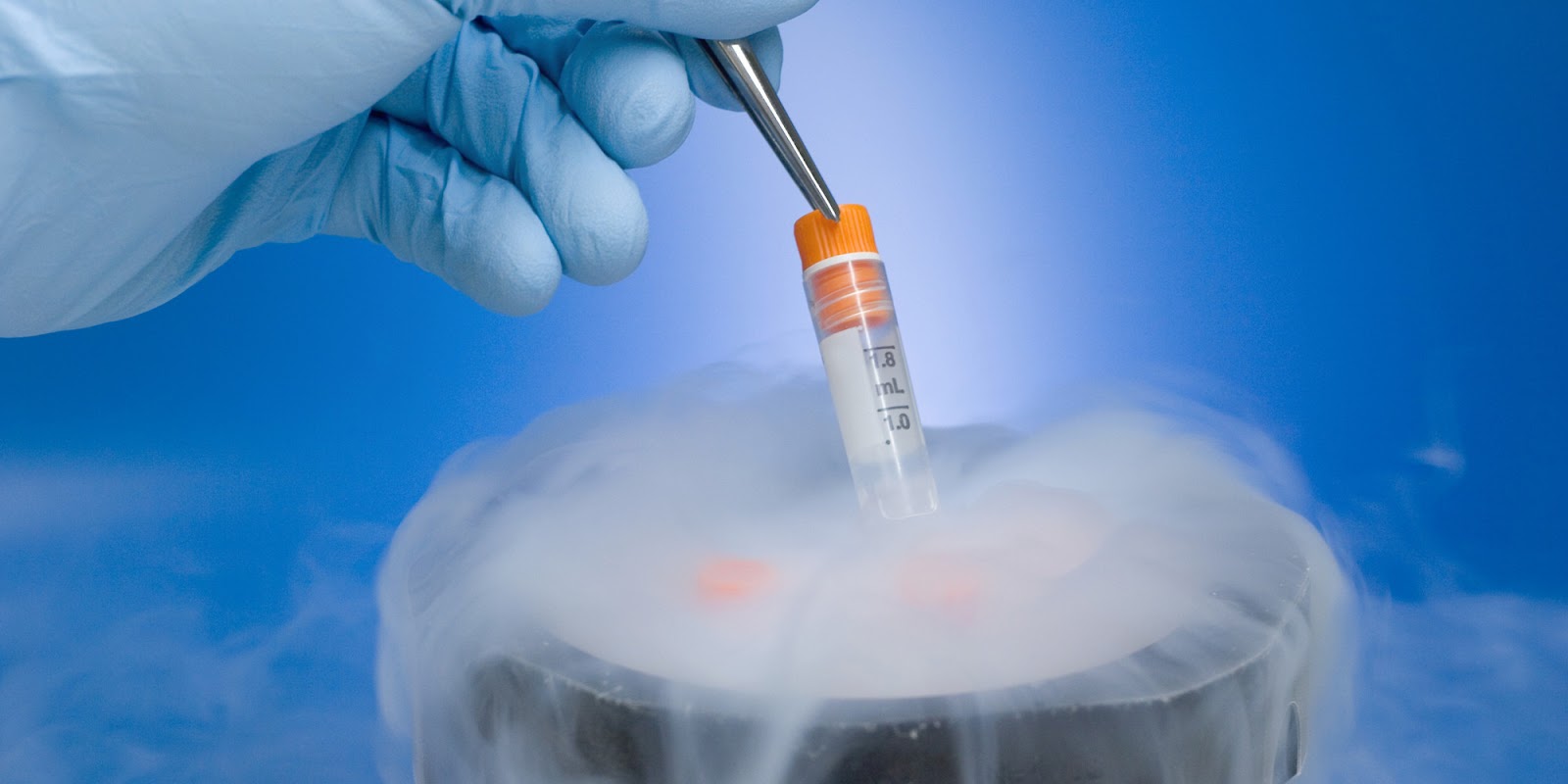The social stigma around freezing eggs for the future still exists but in its slow journey over the years, people have become a little more receptive to this idea. The credit for this goes to a few significant changes like openness in society, awareness about the changing trends, and importantly, women themselves. Dr. Gautam Allahbadia, a Reproductive Endocrinologist with over 25 years of experience, believes that with more women choosing to have careers, we are seeing more of them consciously adopting egg freezing as a lifestyle choice.
Embryo and sperm cryopreservation are firmly established methods in assisted reproductive technology techniques, yet it was not until recently that oocyte or egg cryopreservation has opened up as an additional option for fertility preservation for women. Altogether, egg cryopreservation bypasses many of the legal, ethical and religious concerns encompassing embryo cryopreservation, making it an ideal option in numerous situations.
Dr. Gautam Allahbadia, a Dubai based senior IVF consultant, explains that numerous advances have been made in the field of oocyte cryopreservation since the first birth was achieved. Presently, improved vitrification techniques or freezing techniques and 100% freeze-thaw survival success rates have encouraged the use of oocyte cryopreservation for expanding indications including age-related infertility and in many countries religious considerations that do not allow for embryo freezing.
Cryopreservation occurring at a sub-zero temperature offers cells and tissues preservation for extended periods of time. Cryoprotective additives (CPAs) are used so as to decrease the chances of cryodamage by preventing formation of ice. They are grouped into non-permeating or permeating CPAs, contingent upon their capacity to cross the cell membrane. Different combinations of permeating like DMSO, PrOH, and glycerol and non-permeating like fructose, sucrose, trehalose or glucose can be used.
There are two techniques applied to the oocyte cryopreservation:
- Controlled slow freezing- This technique was used in early protocols. Its outcome is the transition of a liquid state to a solid state. It is given up now.
- Ultra-rapid cooling by Vitrification- This technique is well-established. In this, the process of vitrification brings about a non-crystalline amorphous solid.
Egg v/s Embryo Cryopreservation
Embryo cryopreservation is a well established Medically assisted Reproduction (MAR) technique with numerous benefits. The capacity to store surplus embryos can reduce the number of repeat IVF cycles. We perform a Single Embryo Transfer (SET) in contemporary MAR. The supernumerary embryos can be safely vitrified for future use. This process minimizes the risk of multiple pregnancies, lessens the need for repetitive stimulation cycles and increases the pregnancy rates.
Oocyte or Egg cryopreservation is considered to be an alternative for many couples undergoing IVF. Egg cryopreservation is now an established technology under the aegis of Evidence Based Medicine (EBM). Dr. Gautam Allahbadia believes that with increase in awareness around egg freezing, there has been a noteworthy ascent in the number of females who are opting for the procedure of vitrifying their eggs for future use once they find a partner or decide to have a baby once their careers are established.

